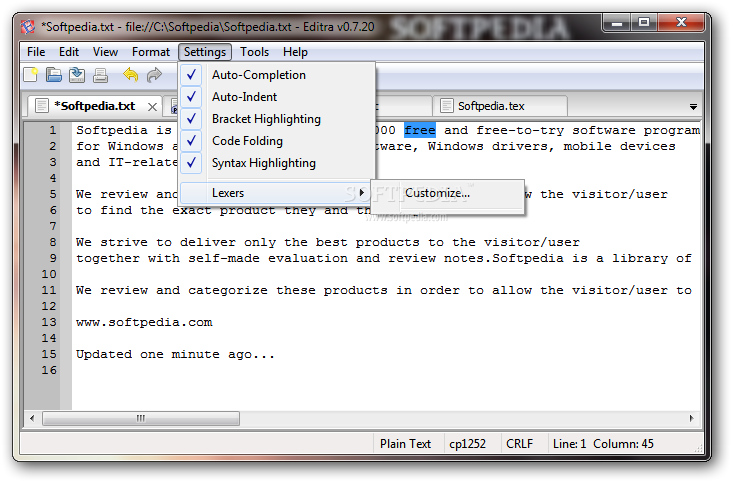

Examples include user-targeted Software Installation and Folder Redirection.

This is required for those Group Policy client-side extensions that do not process policy on a background update cycle but do process policy when a user logs on. When the time limit is exceeded, the command prompt returns, but policy processing continues.Ĭauses a logoff after the Group Policy settings are updated. The value '-1' means to wait indefinitely. Sets the number of seconds to wait for policy processing to finish. By default, only policy settings that have changed are applied. By default, both User and Computer policy settings are updated. Specifies that only User or only Computer policy settings are updated. You must be signed in as an administrator to update Group Policy settings.
EDITRA UPDATE HOW TO
This tutorial will show you how to manually force an update of computer and user Group Policy settings in Windows 10. If you set group policies using Registry Editor on a local computer, then you may want to update group policy settings on the computer without having to restart the computer. In addition to background updates, Group Policy is always updated when the system starts.Īfter you make changes to group policies, you may want the changes to be applied immediately without waiting on the default refresh interval above to do so. The Local Group Policy Editor (gpedit.msc) is a Microsoft Management Console (MMC) snap-in that provides a single user interface through which all the the Computer Configuration and User Configuration settings of Local Group Policy objects can be managed.īy default, computer and user Group Policy are updated in the background every 90 minutes, with a random offset of 0 to 30 minutes. How to Manually Update Group Policy Settings in Windows 10


 0 kommentar(er)
0 kommentar(er)
